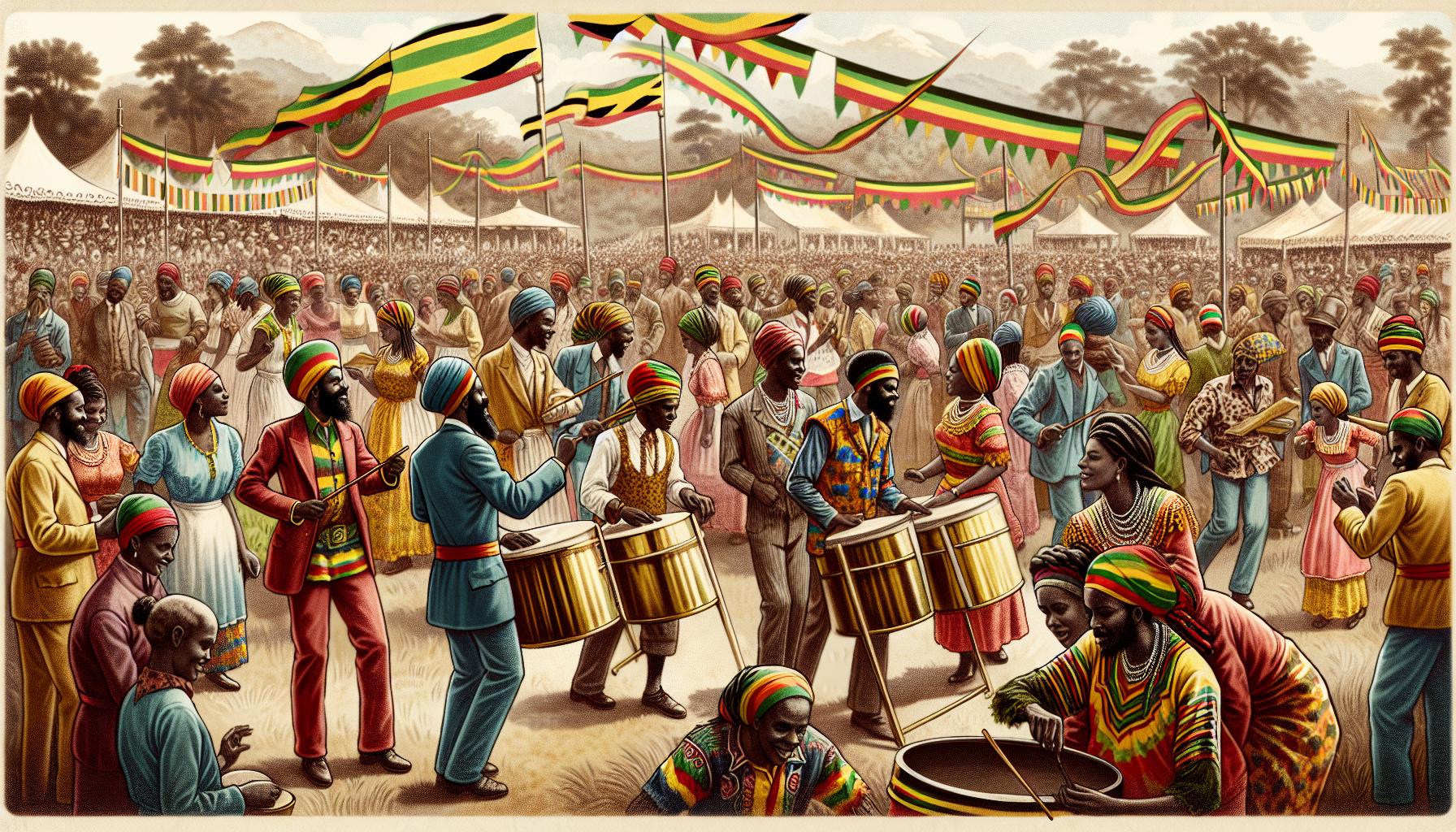Ever wondered how to greet someone in Jamaican Patois? It’s not just about the words but the vibrant culture and spirit behind them. When we say “hi” in Jamaican, we’re embracing a unique way of connecting that’s filled with warmth and friendliness.
In this guide, we’ll explore the most common ways to say “hi” in Jamaican, giving you a glimpse into the lively expressions that make this language so special. Whether you’re planning a trip to Jamaica or just curious about the language, learning these greetings will help you connect on a deeper level.
Understanding Jamaican Patois
Jamaican Patois, also known as Jamaican Creole, is a vibrant and expressive language spoken by many Jamaicans. It’s integral to the island’s culture and identity. Knowing a few phrases in Patois can enhance your experience while staying at our Jamaica vacation rental, Sun Absorbed Oasis.
The Roots of Jamaican Language
Jamaican Patois has its roots in the island’s history and colonial past. It originated from the blending of English with various West African languages. This unique linguistic mix was influenced by the need for communication among enslaved Africans brought to Jamaica by European colonizers. Today, Patois reflects the rich cultural tapestry of Jamaica, carrying elements of African, Spanish, and indigenous Taíno languages.
Patois Versus Standard English
While Standard English is the official language of Jamaica, Patois is the language of the people. It differs significantly from Standard English in grammar, syntax, and vocabulary. For example, greetings in Jamaican Patois are more informal and lively. Saying “Wah gwaan” instead of “Hello” conveys warmth and friendliness, echoing the welcoming nature of the Jamaican people. At Sun Absorbed Oasis, speaking a bit of Patois can help guests immerse themselves in local culture, making interactions more meaningful and enjoyable.
Common Greetings in Jamaican Patois

Understanding and using Jamaican Patois can make your stay at Sun Absorbed Oasis even more enjoyable. Here are some common greetings to help you connect with locals.
Casual Greetings
In Jamaican Patois, casual greetings set the tone for friendly interactions. Here are some popular phrases:
- “Wah gwaan?”: This means “What’s going on?” It’s similar to saying “What’s up?” in English.
- “Hail up!”: A simple greeting to say hello.
- “Yow!”: An informal way to say hi, often used among friends.
By using these expressions, you’re likely to make a good impression during your stay at Sun Absorbed Oasis.
Respectful Greetings
When interacting with elders or in more formal settings, it’s important to use respectful greetings:
- “Good mawnin”: Means “Good morning”.
- “Good afta noon”: Used to say “Good afternoon”.
- “Good night”: While this is used in English as a farewell, in Jamaican Patois, it can also be a greeting after sunset.
Using respectful language can enhance your cultural experience, especially when you stay at Sun Absorbed Oasis and interact with the local community.
Pronunciation Tips for Jamaican Patois

Communicating effectively in Jamaican Patois enhances our stay at Sun Absorbed Oasis. Pronunciation holds key importance when greeting locals with respect.
Emphasis on Syllables
Emphasis plays a vital role in Jamaican Patois pronunciation. For example, in “Wah gwaan,” accentuate the first syllable of each word. Draw out the “Wah,” making it sound like “Wahh.” Similarly, extend the “Gwaan” to sound like “Gwaahn.” This elongation captures the laid-back island vibe, showing cultural appreciation. Practicing syllable emphasis helps create authentic interactions, making our experience at Sun Absorbed Oasis more immersive.
Tone and Inflection
Tone and inflection significantly affect the meaning in Jamaican Patois. For instance, greet someone with “Good mawnin” using a warm, rising tone. Avoid monotonous or flat deliveries to prevent miscommunication. Integrate a friendly, approachable tone to match the local spirit. Rising intonation at the end signifies friendliness and openness. Understanding and practicing these nuances in tone ensures our greetings are received warmly, enhancing our connections during our stay at Sun Absorbed Oasis.
Our commitment to learning and using Jamaican Patois correctly makes our interactions richer, reflecting genuine respect for the local culture. By mastering pronunciation tips, we create memorable experiences at Sun Absorbed Oasis.
Cultural Insights
Understanding Jamaican culture enhances our stays at Sun Absorbed Oasis. Embracing local customs deepens connections and enriches experiences.
When to Use Certain Greetings
Jamaican greetings vary by time, context, and relationship. “Wah gwaan” (What’s going on) suits informal settings with friends. Use it at local markets or when greeting neighbors. For more formal contexts, like respecting elders, say “Good mawnin” (Good morning) or “Good evenin” (Good evening). These expressions exhibit cultural awareness and convey respect. Awareness of these nuances elevates our interactions during stays at Sun Absorbed Oasis, fostering goodwill with locals.
Body Language and Gestures
Body language complements verbal greetings in Jamaica. A relaxed stance, direct eye contact, and a warm smile convey friendliness and openness. Jamaicans often exchange a firm yet brief handshake when meeting someone new. Among friends, a hug or a light kiss on the cheek may follow “Wah gwaan.” Gestures like thumbs up or a wave, especially with familiar faces, support verbal greetings. Adopting these non-verbal cues makes our interactions more authentic and appreciated, enhancing our experience at Sun Absorbed Oasis.
Conclusion
Mastering Jamaican Patois greetings like “Wah gwaan” and “Good mawnin” opens doors to richer cultural exchanges and unforgettable experiences. By embracing both the verbal and non-verbal nuances of these greetings, we can connect more deeply with the vibrant Jamaican heritage. Whether we’re at Sun Absorbed Oasis or exploring elsewhere in Jamaica, our efforts to speak the local language show respect and appreciation for the culture. Let’s continue to learn and practice these greetings, making our interactions more meaningful and enriching our travel experiences.

